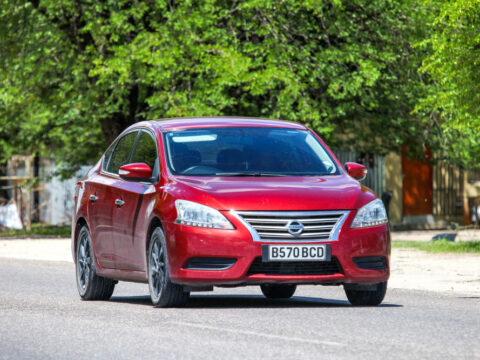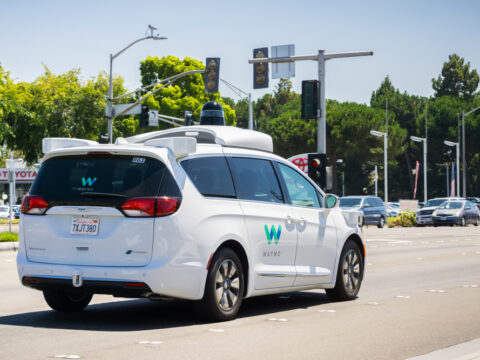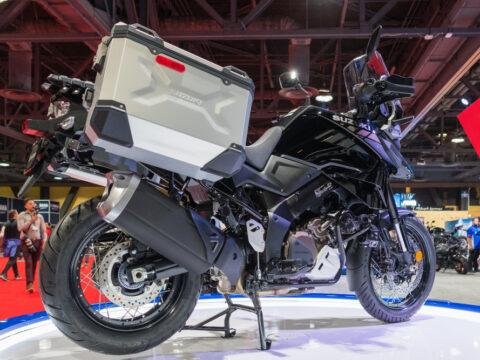In this article, we’ll pull back the curtain on these dangerous practices, unveiling the 14 risky driving habits common among millennials. From the expected – such as distracted driving and speeding – to the less discussed – like neglecting regular car maintenance and overconfidence in driving skills – we aim to shed light on these habits to promote safer driving experiences for all. So buckle up as we navigate the twists and turns of millennial driving habits.
Contents
Distracted Driving

While not exclusive to millennials, distracted driving is a top bad driving habit. This involves activities such as eating, drinking, applying makeup, or even reaching for something in the backseat, which can take their eyes off the road, hands off the wheel, and mind off the act of driving. This behavior leads to a significant number of accidents each year.
Using Smartphones
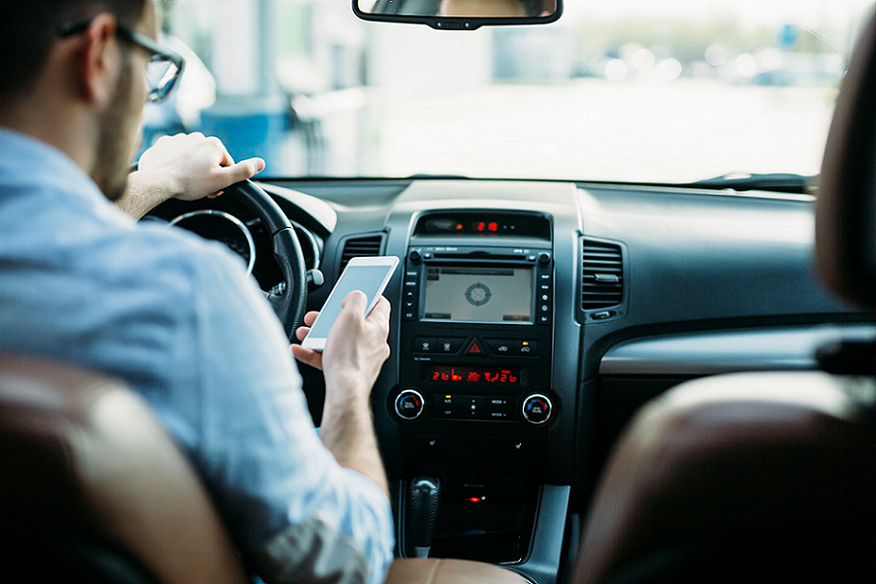
These days pretty much everyone is attached to their phone, and millennials are no exception. Texting, browsing social media, or using navigation apps while driving increases the risk of a crash.
Speeding

Millennials, like any other group, can be prone to speeding, which reduces the driver’s ability to steer safely around curves or objects in the roadway, extends the distance necessary to stop a vehicle, and increases the distance a vehicle travels. In contrast, the driver reacts to a dangerous situation.
Driving Under the Influence

A 2019 Substance Abuse and Mental Health Services Administration (SAMHSA) survey revealed that an estimated 22.3% of young adults aged 21 to 25 reported driving under the influence of alcohol in the past year, a number higher than any other age group.
Neglecting Seatbelts
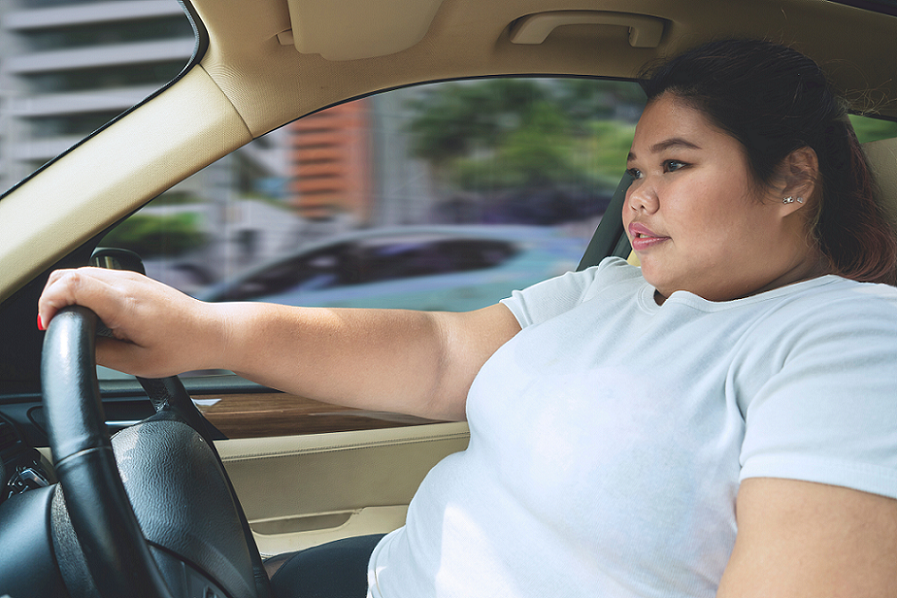
Seatbelt use, or rather the lack thereof, is another crucial issue among millennials. According to a report by the U.S. Centers for Disease Control and Prevention (CDC), young adults (aged 18-24) are less likely to wear seatbelts than older adults. Specifically, it was found that in 2019, only about 86.8% of young adults reported always wearing seatbelts when driving or riding in a car, compared to over 90% of adults over 25. Furthermore, the National Highway Traffic Safety Administration (NHTSA) found that of the millennials involved in fatal crashes in 2018, almost half (47%) were not wearing seatbelts.
Tailgating
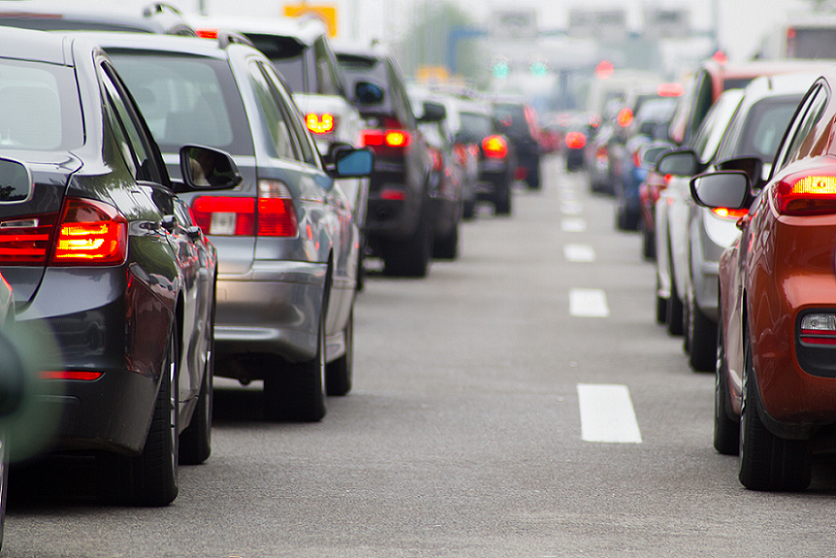
Tailgating, or following too closely behind the vehicle in front, is a dangerous driving habit unfortunately prevalent among millennials. A 2016 Foundation for Traffic Safety study found that millennials were 1.6 times more likely than all drivers to report having been involved in a crash where they rear-ended the vehicle in front in the past two years. This behavior increases the likelihood of a collision and contributes to road rage and impeded traffic flow.
Ignoring Traffic Signs and Signals
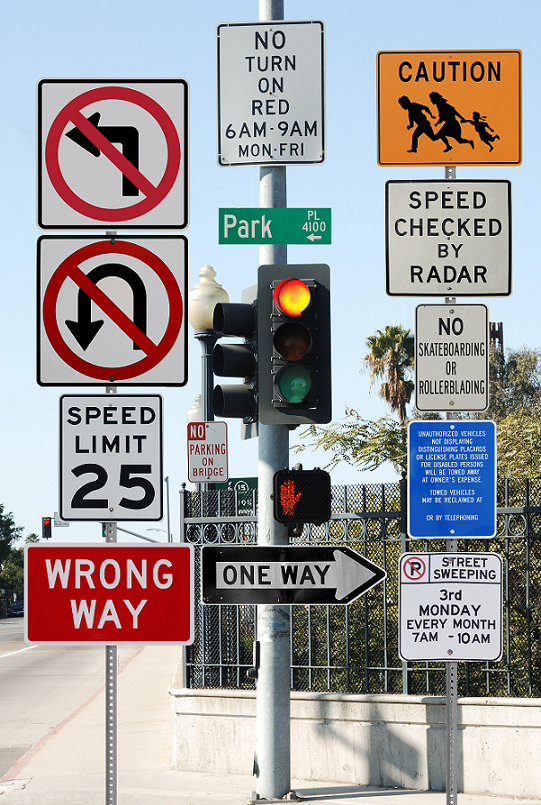
Ignoring traffic signs and signals is a dangerous behavior that can lead to severe consequences on the road. According to the AAA Foundation for Traffic Safety’s 2018 Traffic Safety Culture Index, young drivers aged 19-24 were likelier to engage in risky behaviors like running red lights. In the survey, approximately 50% of the millennials admitted to running a red light in the last 30 days when they could have stopped safely, compared to 36% of all drivers. Another concerning statistic from the same report revealed that almost 14% of these young drivers saw nothing wrong in running a red light, an attitude significantly more permissive than that of the average driver.
Aggressive Driving

Aggressive driving, encompassing behaviors like speeding, tailgating, and erratic lane changes, is another troubling trend among millennials. According to the AAA Foundation for Traffic Safety’s 2018 Traffic Safety Culture Index, drivers aged 19-24 were significantly more likely than drivers of other age groups to report engaging in aggressive behaviors. In this study, nearly 60% of millennial drivers admitted to speeding on a freeway in the past 30 days, and around 12% even acknowledged purposely cutting off other vehicles.
Driving While Fatigued

Driving while fatigued is another high-risk behavior that is surprisingly common among millennials. According to a study by the AAA Foundation for Traffic Safety, drivers between the ages of 19 and 24 were the most likely to report having driven while drowsy at least once in the past 30 days, with about 33% admitting to doing so. Furthermore, a report by the National Sleep Foundation found that millennials were more likely than other age groups to say that they have driven despite having difficulty keeping their eyes open due to fatigue.
Overconfidence in Driving Skills
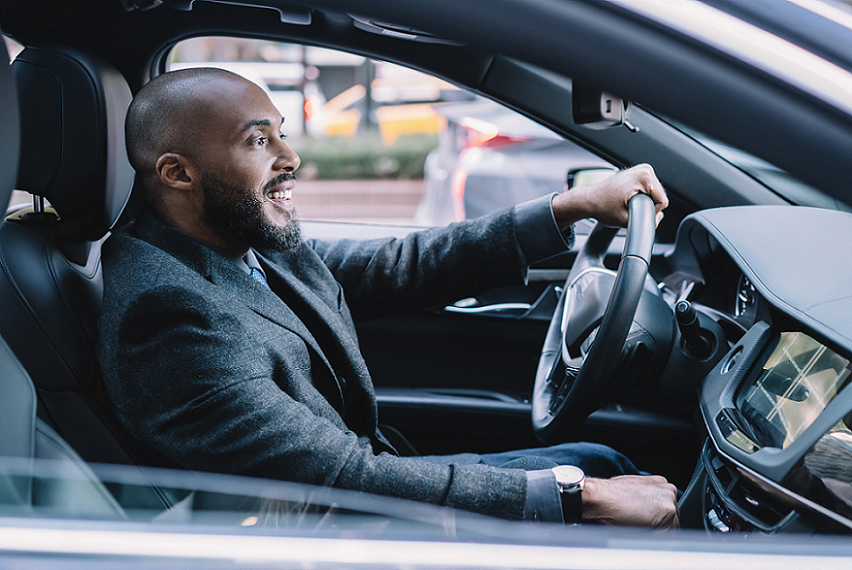
Overconfidence in driving skills can often lead to risky behavior behind the wheel. It’s a common issue among young drivers, including millennials, who often underestimate the dangers associated with certain behaviors. According to the AAA Foundation for Traffic Safety’s 2018 Traffic Safety Culture Index, 73% of drivers aged 19-24 reported feeling somewhat or very confident that they could safely text while driving, a figure notably higher than the average for all drivers. Moreover, a 2016 study by the same organization found that 88% of young millennials engaged in at least one risky behavior behind the wheel in the past 30 days, with many believing they were skilled enough to handle the risk.
Not Adjusting to Road Conditions

Adjusting to road conditions is a critical part of safe driving. Whether it’s rainy weather, icy roads, heavy traffic, or construction zones, each situation requires specific adjustments in driving behavior. However, some millennials tend to overlook this important aspect of driving safety. According to a survey conducted by the AAA Foundation for Traffic Safety in 2018, young drivers between the ages of 19-24 were more likely to take risks even in challenging road conditions.
Not Using Indicators Properly

Using indicators or turn signals is an essential part of communication on the road, letting other drivers know your intended actions. However, failing to use them correctly is a common mistake among many drivers, including millennials. A survey by the Society of Automotive Engineers (SAE) revealed that approximately 48% of drivers, spanning various age groups, do not use their turn signals when changing lanes, and 25% neglect to signal when making a turn.
Improper Car Maintenance
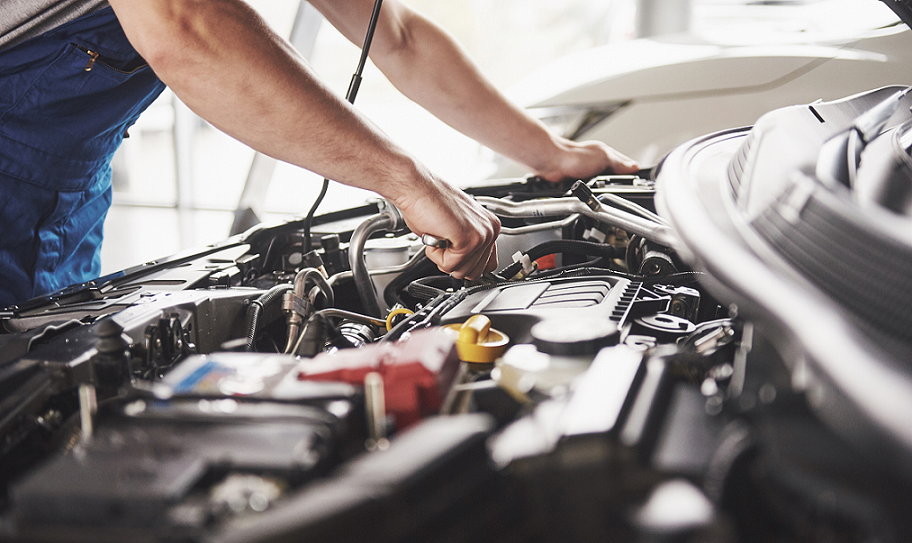
Proper car maintenance is vital to ensure the safety and reliability of a vehicle. Yet, many millennials tend to overlook this important aspect of car ownership. According to a 2018 survey by AAA, 64% of millennials do not regularly check their tire pressure, and 35% don’t know how to change a tire. Furthermore, the survey also revealed that one-third of U.S. drivers, including many millennials, skip or delay recommended maintenance or repairs, which can lead to unexpected vehicle breakdowns and more significant issues in the long run.
Driving Without Adequate Auto Insurance

Driving without adequate auto insurance is a legal issue and a significant financial risk that can have serious consequences. A 2020 Insurance Research Council (IRC) survey found that approximately 13% of all U.S. motorists were uninsured in 2019. While this data does not provide a detailed breakdown by age, it’s plausible that a notable portion of these uninsured drivers are millennials, considering their generally lower incomes and a reported tendency to prioritize other financial obligations over insurance.
This article originally appeared on MyCarMakesNoise.
More from MyCarMakesNoise
The 13 Most Reliable Electric Cars According To Consumer Reports

In the ever-evolving world of electric vehicles (EVs), reliability remains a top priority for buyers. Consumer Reports has rigorously tested numerous models to identify the most dependable EVs on the market today. Read More.
20 Timeless American Muscle Cars Holding Their Value

Muscle cars, with their powerful engines and iconic designs, represent a classic era of American automobiles. This article looks at these legendary cars that have increased in value over time, highlighting their appeal as both investments and cherished collectibles for enthusiasts and collectors. Read More.
The World`s 20 Longest Non-Stop Flights

In the world of commercial aviation, long-haul flights represent the pinnacle of endurance, engineering, and passenger service. These journeys, often spanning continents and oceans, connect distant cities across the globe, facilitating business, tourism, and cultural exchange. Read More.


